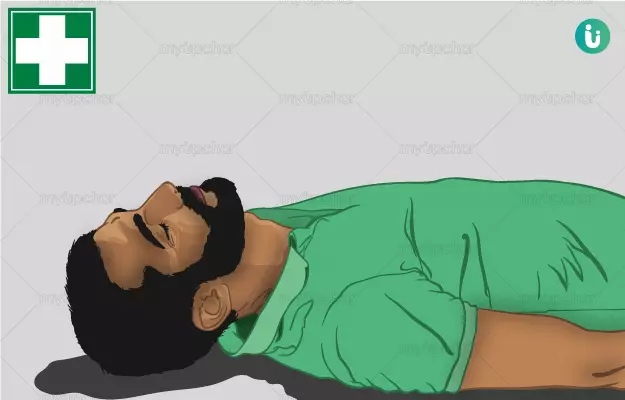Fainting, also medically known as syncope, is a sudden onset state of loss of consciousness and muscle power resulting in the body going limp. Usually, a fainting spell is preceded by signs and symptoms that can alert the patient to the impending event. This is known as presyncope. The causes of fainting can range from non-serious to potentially fatal. Fainting occurs when the brain temporarily does not receive enough blood supply, which can be a one-off occurrence with no medical significance (as with a low blood pressure due to dehydration) or due to a serious problem of the circulatory or nervous system. Therefore, all fainting cases should be treated as an emergency and first aid should be given.
New Year Bumper Sale @ Rs. 1
X

- हिं - हिंदी
- En - English
- Treatment
-
- Skin Issues
- Acne
- Fungal Infection
-
- Hair Problems
- Hair Growth
- Hair Dandruff
- Self-Analysis
-
- Chronic Diseases
- Diabetes
- Heart Care
- Weight Loss
- Sleep Support
- Liver Care
- Stress & Anxiety
- Our Brands
- Doctor Consultation
- Medicine A-Z
-
Health A-Z
-
- Treatments
- Home Remedies
- Herbs
- Surgery
- Lab Test
- Therapy
- First Aid
- Ayurveda
- Homeopathy
-
- Yoga And Fitness
- Fitness
- Yoga
- Weight Loss
- Weight Gain
-
- Other Topics
- Baby Names
- Beauty
- Healthy Foods
- Tips
- Health News
- Pet Health
- Men Health
- Medical Cannabis
- Login / Sign Up






















